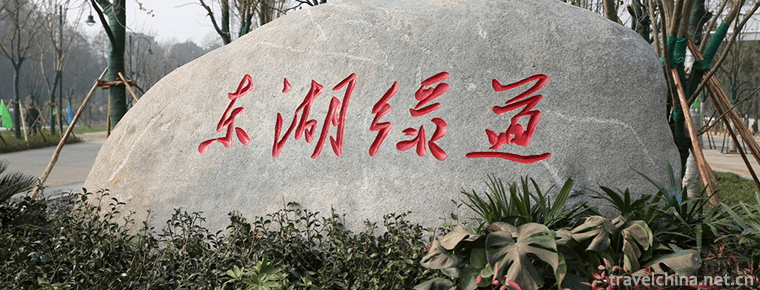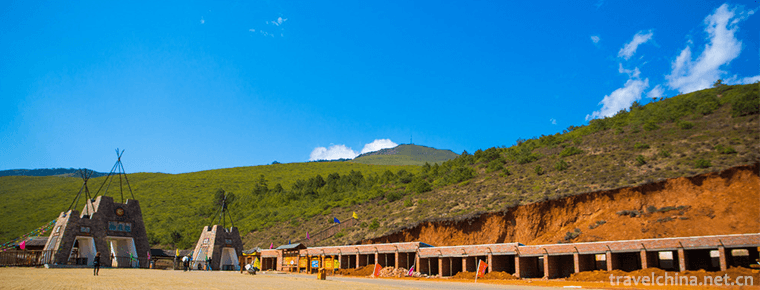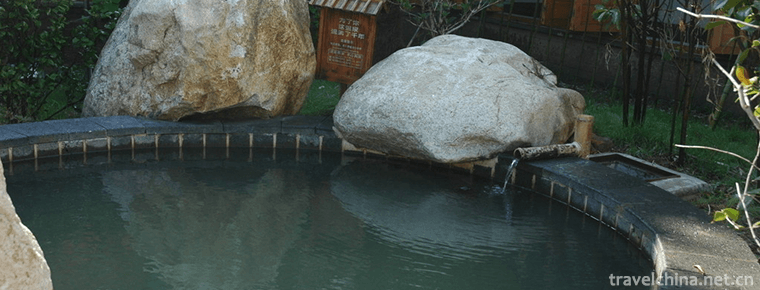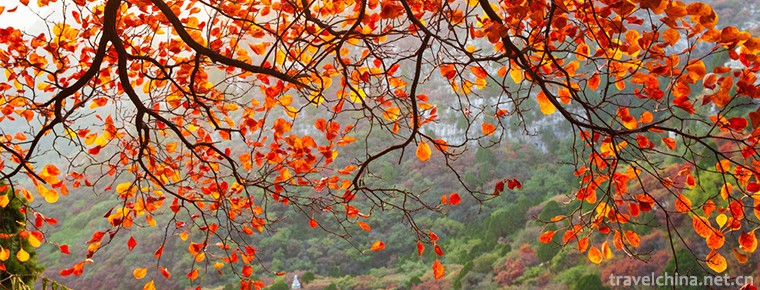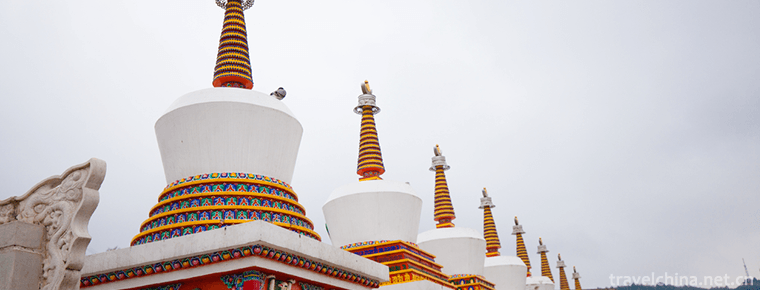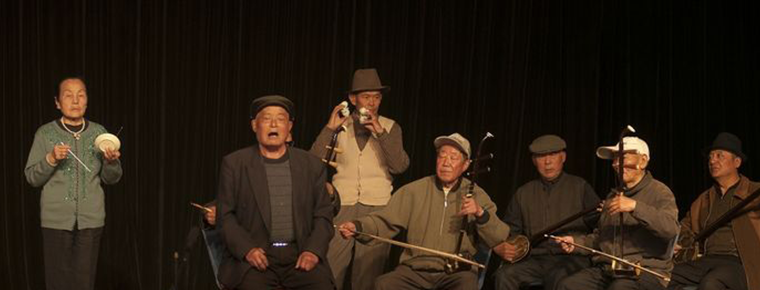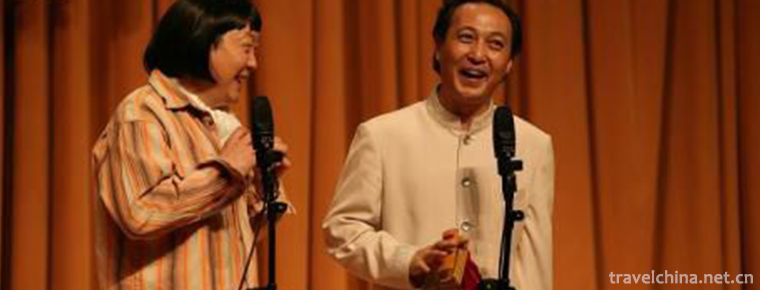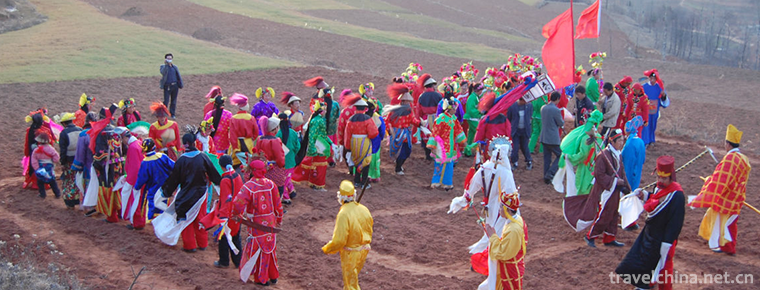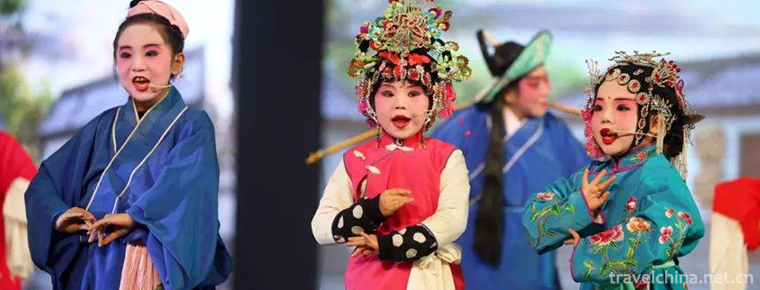Taer Temple Scenic Area Xining City
Tar Temple, also known as Tar Temple, was founded in the 10th year of Hongwu Ming Dynasty (1377). Named after the Great Silver Pagoda built in memory of Zongkaba, the founder of the Yellow Religion, the Tibetan language is called "Panbenxian Bahrain", which means "Maitreya Temple with 100,000 lions roaring Buddha statues". It is located in Lushaer Town, Huangzhong County, 25 kilometers southwest of Xining City, Qinghai Province, and is a national AAAAA-level tourist attraction
Tar Temple is the activity center of Tibetan Buddhism in Northwest China. It enjoys a great reputation in China and Southeast Asia. The central government of all dynasties highly respected the religious status of Tar Temple. The Ming Dynasty awarded many titles to religious figures in the upper class of the temple. Emperor Kangxi of the Qing Dynasty awarded the plaque of "Jing Shang Jin Liang", Emperor Qianlong awarded the title of "Fanzong Temple", and the plaque of "Sanskrit Law Building" for Dajinwa Temple. The Third Dalai Lama, the Fourth Dalai Lama, the Fifth Dalai, the Seventh Dalai, the Thirteenth Dalai, the Fourteenth Dalai and the Sixth Panchen, the Ninth Panchen and the Tenth Panchen have all carried out religious activities in the Tar Temple.
Butter flowers, murals and embroidery are known as the "Three Great Arts of Tar Temple". In addition, many Buddhist classics and academic monographs on history, literature, philosophy, medicine and legislation are also collected in the temple. The annual Buddhist activities "Four Great Law Clubs" are even more lively. The butter flower sculpture of Tar Temple is also lifelike and famous far and near.
Tar Temple is one of the six major monasteries of the Gelu Sect of Tibetan Buddhism in China. It is also one of the most famous historical sites in Qinghai Province and the key cultural relics protection unit in China. April 13, 2018, was included in "Magic Northwest 100 Scenes".
Historical evolution
Tar Temple is the birthplace of Zongkaba Master Rosanzaba (1357-1419). In his early years, Master Zongkaba studied at Xiaqiong Temple. At the age of 16, he went to Tibet for further study. He reformed Tibetan Buddhism and founded the Gelug Sect (Yellow Sect) to become a master of one generation. Legend has it that after his birth, a white sandalwood tree grew from the place where the umbilical cord was sheared and dripped blood. There were 100,000 leaves on the tree. A lion roaring Buddha statue (one of the statues of Sakyamuni) appeared on each spontaneous combustion, and the name of "Pan Ben" (100,000 statues) came from this.
Since its establishment, the Tar Monastery has gradually improved its own monastery religious organization, monastery political organization and monastery economic source, cultural life and so on. Among them, the temple fair is the best one to embody the perfection of all kinds of organization of the Tar Temple. The temple fair is not only a good opportunity for monks to learn classics, but also a time for them to entertain.
Six years after Zongkaba's visit to Tibet, his mother, Xiangsa Achepan, was eager to send a bunch of white hair and a letter to Zongkaba for a visit home. After receiving the letter, Zongkaba decided not to return to study Buddhism. He sent his mother and sister a portrait of himself and a statue of the Lion roaring Buddha, and wrote, "If I could build a Buddha pagoda for the placenta with 100,000 lions roaring Buddha statues and banyan trees at the place where Zongkaba was born, it would be like meeting me." The next year, in the twelfth year of Hongwu Ming Dynasty (1379), Shansa Archer built the tower with the support of his followers and named it "Lianju Pagoda". In the 180 years since then, although the tower has been rebuilt and repaired many times, it has not yet formed a monastery.
In the 39th year of Jiajing (1560), Zen master Renqin Zongzhe Jianjian praised the construction of a quiet house on the side of the pagoda. Seventeen years later, in the fifth year of Wanli (1577), the Temple of Maitreya was restored to the south of the tower. So far, the Tar Temple has taken shape.
In 1582, the third Dalai Lama Sonanjiatso came to Qinghai for the second time. In the spring of the following year, the local Shenzhong Onso invited him from Sonka to the Tar Temple. The third Dalai Lama instructed the Tibetan tribes such as Shenzhong, Sina, Qijia, Longben and Mina to expand the Tar Monastery, to offer Buddha statues and perform various temple-building ceremonies. Since then, the Tar Temple has developed rapidly, and successively built the Dalai Lama Palace, the Third Dalai Lama Ling Pagoda Hall, the Nine Halls, the Yihu Hall, the Sakya Hall and so on. Directed by the Fourth Dalai Lama,
In the first month of Wanli forty years (1612), Xianzong College was officially established to teach scriptures, which marked that Tar Monastery became a regular monastery of the Gelug Sect.
Since Kangxi in the Qing Dynasty, the court has given many gifts to the Tar Temple, such as plaques, magic instruments, Buddha statues, scriptures and pagodas. The living Buddha systems of Ajia, Saichi, Lako, Sedo, Xiangsa, Sina and Chexi in the temple were designated Hutuktu or Norman Khan in the Qing Dynasty. Among them, Ajia, Saichi and Lako are Hutuktu stationed in Beijing, and some have served as Palm Print Lamas in Yonghe Palace in Beijing and Wutai Mountain in Shanxi Province. It is for these special reasons that the Tar Temple has developed rapidly and become one of the six major monasteries of the Gelug School of Tibetan Buddhism both at home and abroad. There are more than 9300 total buildings of Tar Temple, covering an area of more than 600 mu and 25 palaces, mainly the Great Golden Watt Hall, the Great Sutra Hall, the Nine Halls, the Little Golden Watt Hall, the Flower Temple, the Great Lajean, the Maitreya Buddha Hall, the Sakya Buddha Hall and the Yihu Hall. At its peak, there were more than 3,600 monks, and at the beginning of liberation there were 1,983.
As a result of historical accumulation, the temple is extremely rich in cultural relics. Architecture, artifacts, Buddha statues and literature collection make the temple a treasure house of art. The temple has four colleges of Xianzong, Tantra, Shilun, Medical Ming and Yaoba Zacang. It studies Buddhism and Tibetan language, characters, astronomy, calendar, medicine, dance, sculpture, painting, architecture and other knowledge. It was founded in 1827 A.D. in Daoguang seven years. It has printed Tibetan classics and various writings, which are popular in all parts of Tibet. The temple holds four large temple-wide congregations in the first month, April, June and September of the lunar calendar each year, which are called the "Four Great Views". At that time, people from all over the country will gather in a large scale. In addition, in late October of the lunar calendar, there are five offerings of lamp-burning festivals in commemoration of the solemnity of Zongkaba and activities to send the plague gods at the end of the year.
In August 1949, the bed-sitting ceremony of Erdeni Quijijianzan, the 10th Panchen Buddhist monk, was solemnly held in Tar Temple. In October of the same year, the 10th Panchen Chan sent a congratulatory message to Chairman Mao Zedong from the Tar Temple to congratulate the founding of the People's Republic of China. Since then, the Tar Temple has been protected by the state, and the State Council has promulgated it as a state key cultural relic protection unit. In April 1951, representatives of the Central People's Government and the local government of Tibet held negotiations in Beijing for the peaceful liberation of Tibet. The Central Committee invited the 10th Panchen Chan to Beijing. The 10th Panchen went to Beijing and was received by Chairman Mao Zedong and Premier Zhou Enlai.
April 13, 2018, was included in "Magic Northwest 100 Scenes".









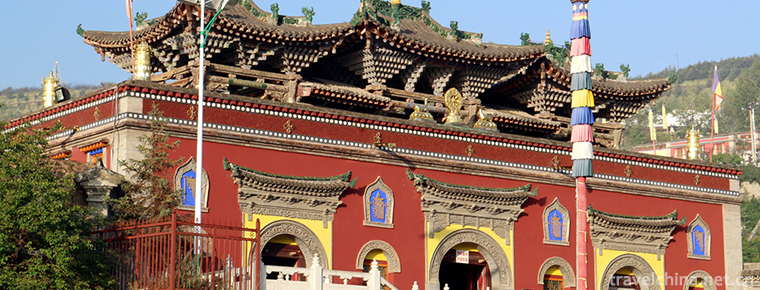
-
Wuyuan County
Wuyuan County, now under the jurisdiction of Shangrao City, Jiangxi Province, is one of the six counties in ancient Huizhou. .
Views: 183 Time 2018-11-11 -
Wuhan Donghu Scenic Area
Wuhan Donghu Eco-tourism Scenic Area, referred to as Donghu Scenic Area, is located in the central city of Wuhan, Hubei Province. It is a national 5A-level tourist attraction, a demonstration site of .
Views: 182 Time 2018-12-12 -
Gesara Ecotourism Scenic Area
Gesala Ecotourism Area is located in Yankou Township, Waluo Township, Hot Spring Township and Qinghe Township in the northwest of Yanbian County, Panzhihua City. It is located at the junction .
Views: 100 Time 2019-01-12 -
Guan Tang hot spring
Guantang Hot Spring is located in Tangtou Town, Linyi City, Shandong Province, on the East Bank of Yihe River. The hot spring covers an area of nearly 260 Mu and has a construction area of 100,000 squ.
Views: 192 Time 2019-01-13 -
Red Leaf Valley Eco cultural Tourist Area
Red Leaf Valley Eco-cultural Tourist Area, National Key Scenic Spot, National AAAA Class Tourist Spot. Red Leaf Valley is located in the southern mountain area of Jinxiuchuan Township.
Views: 193 Time 2019-01-16 -
Tar Temple Scenic Area
Tar Temple, also known as Taer Temple, was founded in the 10th year of Hongwu Ming Dynasty (1377). Named after the Great Silver Pagoda built in memory of Zongkaba.
Views: 153 Time 2019-02-13 -
Iron Coal Steam Locomotive Museum
Tiaobingshan Steam Locomotive Museum, formerly known as Iron Coal Steam Locomotive Museum. National AAAA-level scenic spots and national industrial tourism demonstration sites.
Views: 189 Time 2019-02-22 -
Five Palace Tunes in Haizhou
Haizhou Five Palace Tunes is a traditional folk music with a long history. It is an important link of Ming and Qing folk songs in Jiangsu Province. It is a precious relic of ancient "Zhugong Tune.
Views: 109 Time 2019-05-02 -
Shulaibao
Shulaibao, a traditional Chinese folk art. Popular in northern China, the source is a means for beggars to ask for money. One or two people sing. Beat with a bamboo board or with a copper bell attache.
Views: 228 Time 2019-06-15 -
Wudu Alpine Opera
Wudu Alpine Opera, also known as Alpine Opera, is one of the two unique local operas in Gansu Province. In 2008, Wudu Alpine Opera was selected as the second batch of national intangible cultural heri.
Views: 168 Time 2019-06-30 -
Xinjiang Opera
Xinjiang Opera, commonly known as "Xinjiang Xiaoqu", is a kind of local opera with unique style, which has been gradually formed and perfected after Shaanxi Opera, Qinghai Pingxian Opera, La.
Views: 80 Time 2019-07-06


